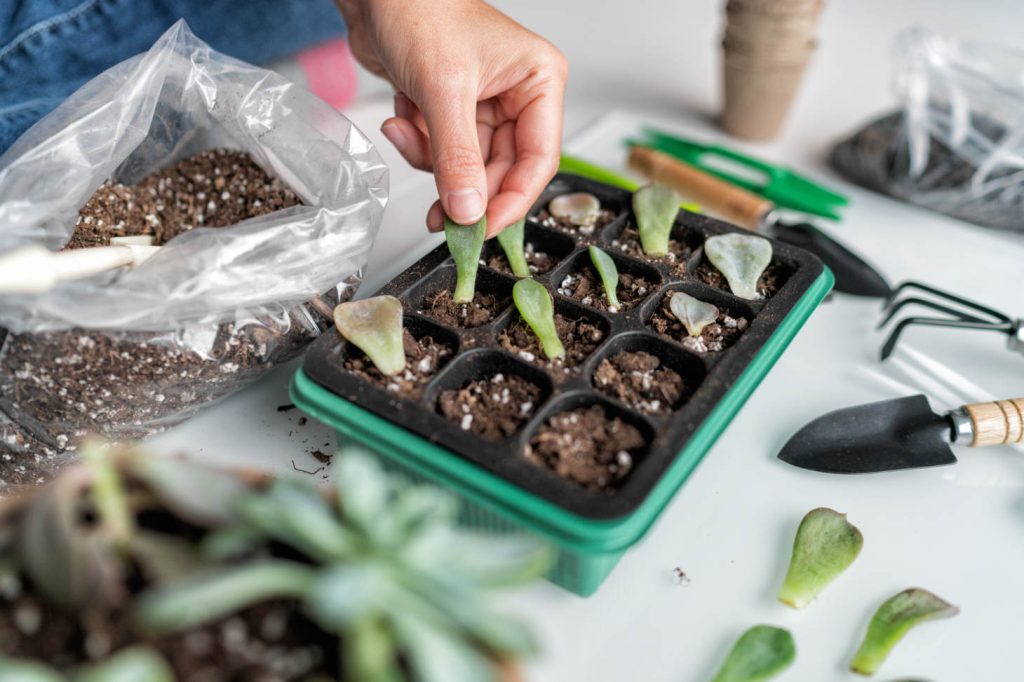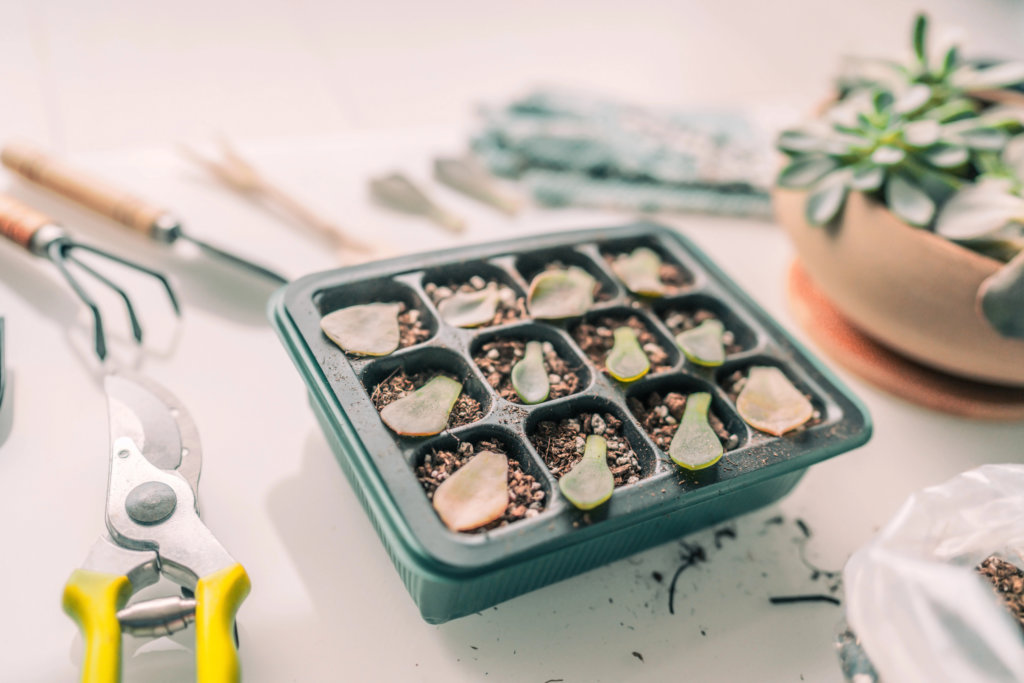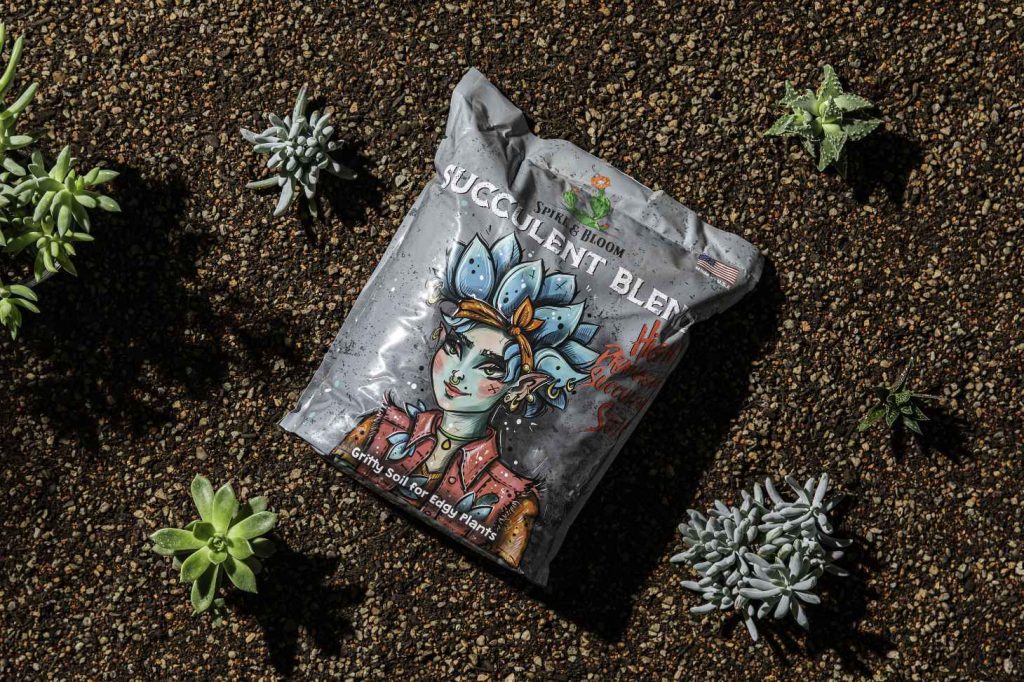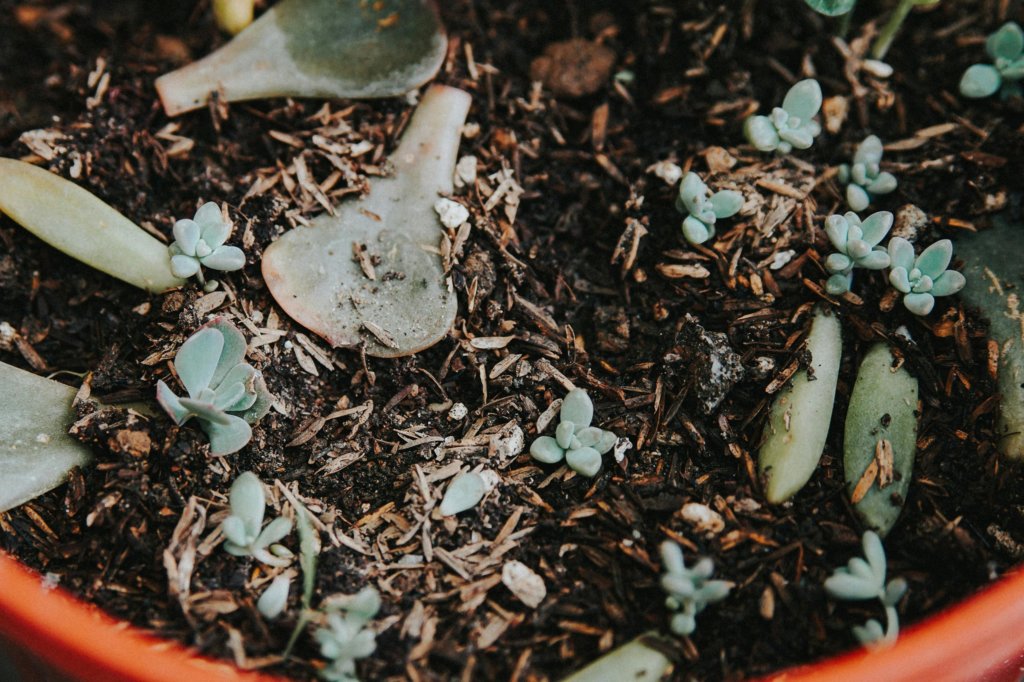Mistakes When Propagating Succulents
Propagating succulents can feel simple at first, but small mistakes often stop new plants from taking root. Overwatering, poor soil choice, or rushing the process can quickly undo your efforts. To succeed, you need to avoid the most common errors that cause cuttings and leaves to fail.
You’ll learn how to spot the critical mistakes that often go unnoticed, such as using the wrong soil or exposing cuttings to too much or too little light. These details make the difference between healthy growth and plants that never establish.
As you move forward, you’ll see how the right preparation and aftercare prevent problems before they start. With clear steps, you can create the best conditions for strong, thriving succulents instead of struggling with weak or rotting cuttings.
Critical Mistakes When Propagating Succulents

Successful succulent propagation depends on avoiding preventable errors that harm young cuttings. Water, light, and the health of the parent plant all play a direct role in whether roots form or leaves decay.
Overwatering and Its Consequences
Too much water is one of the most common reasons propagation fails. Succulent cuttings and leaves hold moisture in their tissues, so they do not need frequent watering. If you water before roots develop, the cutting can absorb excess moisture and begin to rot.
A clear sign of overwatering is yellowing leaves that turn soft or mushy. This often leads to root rot, which spreads quickly and makes recovery unlikely. Even if roots begin to form, constant wet soil prevents them from getting oxygen.
To prevent this, use a well-draining soil mix with coarse sand, pumice, or perlite. Water only when the soil is completely dry, and start with light misting rather than full watering. A shallow tray or container with drainage holes helps avoid standing water.
Keep in mind that less water is safer than too much during early growth. Once roots are established, you can slowly increase watering frequency.
Improper Light Exposure During Propagation

Light strongly affects how succulent cuttings grow. Without enough light, cuttings stretch toward the source, producing weak, pale growth. Too much direct sun, however, can scorch tender leaves before they root.
During propagation, place cuttings in bright, indirect light. A windowsill with filtered sunlight or a grow light set a few inches above the tray works well. Avoid harsh midday sun, especially in hot climates, because unrooted leaves cannot handle the heat.
If you notice thin, elongated stems, your cuttings are not getting enough light. On the other hand, brown or crispy patches suggest sunburn. Adjusting placement is usually enough to correct the issue.
Balanced light exposure encourages compact growth and helps roots develop at a steady pace. This step is as important as soil and water control.
Using Unhealthy Parent Leaves or Cuttings

The quality of the leaf or stem you choose determines the success of propagation. If you start with damaged or diseased material, the cutting is less likely to survive. Leaves that are shriveled, torn, or already yellowing have limited stored energy.
Always select healthy, plump leaves from a mature plant. Gently twist the leaf from the stem so it comes off cleanly, without breaking. A full, intact leaf has a much higher chance of producing roots and new growth.
Check for signs of pests or fungal spots before using any part of the plant. Infested cuttings often spread problems to the rest of your tray.
After removing a healthy cutting, let it dry for a day or two until the end calluses over. This step reduces the risk of rot when you place it on soil. Strong starting material helps ensure steady growth and fewer losses.
Selecting and Preparing the Right Soil
The soil you use directly affects how well succulent cuttings and leaves develop roots. Using the wrong mix can trap too much water, damage new roots, and increase the risk of rot.
Choosing a Well-Draining Soil Mix

You need a succulent soil mix that drains quickly and prevents water from sitting around the roots. Standard potting soil holds too much moisture, which makes it unsuitable for propagation.
A good mix usually combines coarse sand, perlite, or pumice with a small amount of organic matter. These ingredients create air pockets that let roots breathe while still holding enough moisture for growth.
You can buy a well-draining pre-made succulent soil or create your own. A simple recipe is:
- 3 parts potting soil
- 2 parts coarse sand
- 1 part perlite or pumice
This type of mix reduces the risk of root rot and helps cuttings grow stronger roots. Avoid soils with too much peat moss since it holds water longer than succulents can tolerate.
How Poor Soil Quality Leads to Propagation Failure
Using soil that stays wet for too long is one of the most common mistakes when propagating succulents. Wet conditions cause cuttings to rot before they can form roots.
Poor-quality soil also compacts easily, cutting off airflow to the roots. Without enough oxygen, root growth slows or stops completely.
If you notice leaves turning mushy or black at the base, the soil is likely holding too much water. This is a clear sign that the mix is not draining well.
A proper well-draining soil prevents these issues by keeping moisture balanced. Healthy propagation depends on soil that supports root development without creating a damp environment that encourages decay.
Common Aftercare Errors and Troubleshooting
Once roots form, your cuttings still need careful attention. Small mistakes in watering or ignoring early signs of stress can lead to weak growth, yellowing leaves, or even root rot.
Watering Mistakes After Root Formation
After roots appear, many people water too often. Succulent propagation requires a balance. Roots need moisture, but excess water quickly causes rot. Wet soil that stays damp for days is the most common problem.
You should let the soil dry completely before watering again. A simple way to check is by pressing your finger into the soil. If it feels dry at least an inch down, it’s safe to water.
Use a well-draining mix with coarse sand, perlite, or pumice. Regular potting soil holds too much moisture. Water deeply but infrequently so roots grow strong rather than shallow.
Signs of overwatering include:
- Yellowing leaves that feel soft or mushy
- Foul smell from the soil (possible root rot)
- Leaves dropping easily with little pressure
If this happens, remove the plant from wet soil, trim any black or mushy roots, and repot in dry, fast-draining soil.
Ignoring Signs of Stress or Disease

Once rooted, succulents still show clear signs when something is wrong. Yellowing leaves, wrinkling, or black spots often point to water stress, pests, or fungal problems. Ignoring these signals allows small issues to spread.
Check your cuttings regularly. Look at both leaves and roots if possible. Early detection helps you fix problems before they damage the entire plant.
Common issues include:
- Yellowing leaves → Caused by either too much or too little water, or inadequate light.
- Root rot → A fungal or bacterial infection caused by consistently soggy soil or poor drainage.
- Pest damage → Look for mealybugs on leaves or fungus gnat larvae that can harm new roots.
To troubleshoot, adjust light, improve airflow, and remove damaged leaves. If pests appear, isolate the plant and treat with rubbing alcohol or insecticidal soap. By responding quickly, you protect your propagated succulents from long-term damage.

